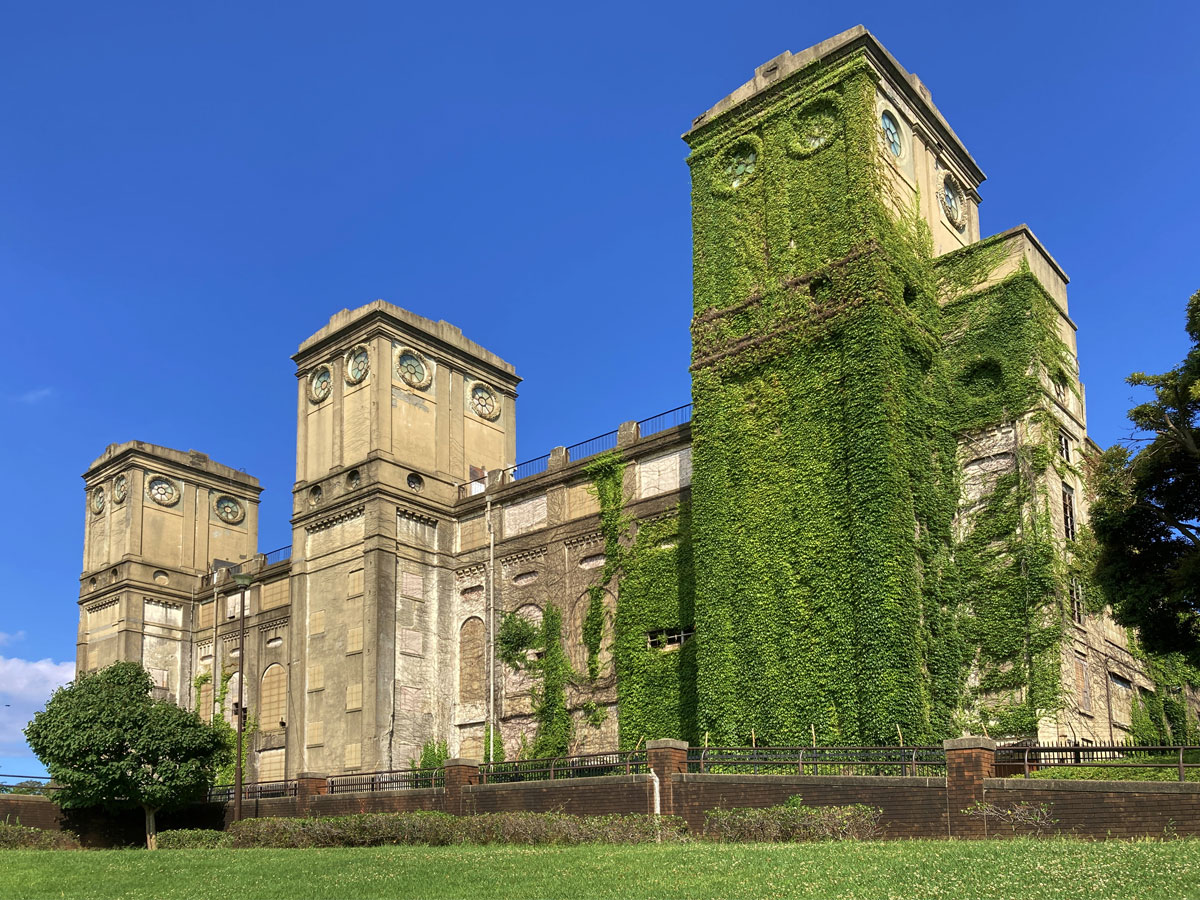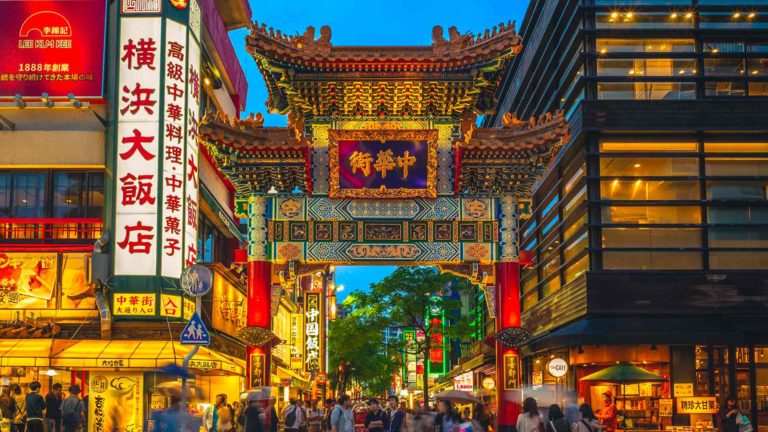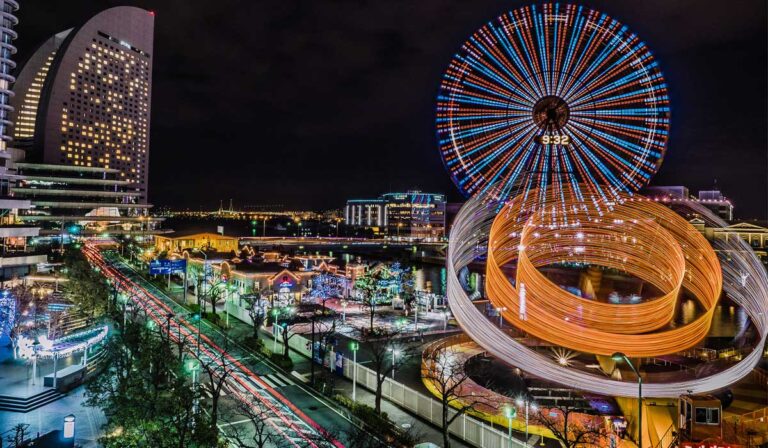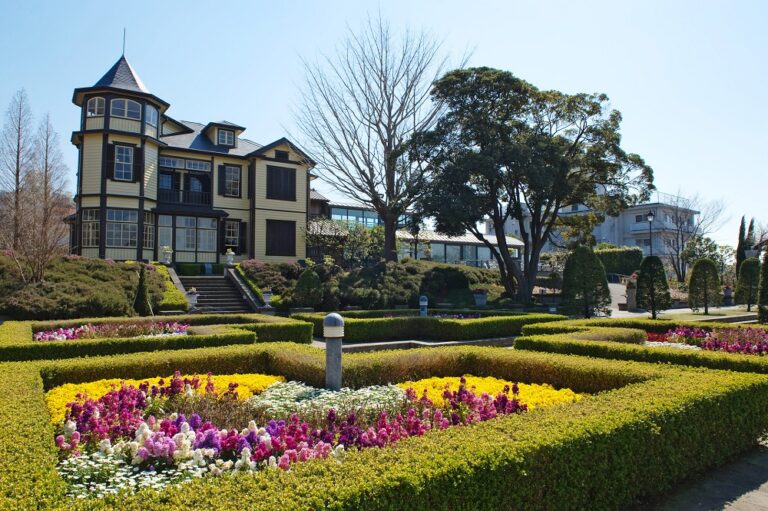Honmoku was a fishing village between valleys, living on fishing and cultivating seaweeds, until before the 1960s. There were beautiful beaches along the shore. Many people visited those beaches to swim or catch clams. In the 1960s, the water off the beaches were reclaimed,and storage tanks of oil refinary plant,a shipyard,large container piers and warehouses stand now.
When the U.S.military forces occupied a large part of Yokohama central area, they also occupied a large part of the town and built large housing area for naval officers. There were houses, theathers, a commisary and restaurants for the officers and their families on both sides of Honmoku Main Street. There were also restaurants, bars, shops near the street, run by Japanese for them. The town looked like Little America. That was the atmosphere of Honmoku. However, in 1982, the area was returned to Japan except housing area in Negishi. Now the area has been transformed to housing complex, shopping malls and parks. It is difficult now to imagine there was a little America there.
There are a fishing park,Honmoku Citzen Park and Sankeien Garden. Many people visit Honmoku throughout year. In summer, there is a summer shinto festival practiced for more than 440 years and residents in the town carry portable shrines across the streets. You can take a glimpse over how people spend their summer in a traditional way.
In Negishi, there is Negishi Shinrin Park, where was the horse race track and now a large park with turf and woods. It is a good place to spend a day with lunch boxes and a ground sheet if weather is nice. Many people visit there, especially, during the season of cherry blossoms in April.
The access to both Honmoku and Negishi:
To Honmoku, take bus from Motomachi-Chukagai Station of the Minato Mirai Line or Ishikwas-cho Station of the JR Line; To Negishi Shinrin Park, take bus from either Negishi Station or Sakuragi-cho Station of the JR Line.




